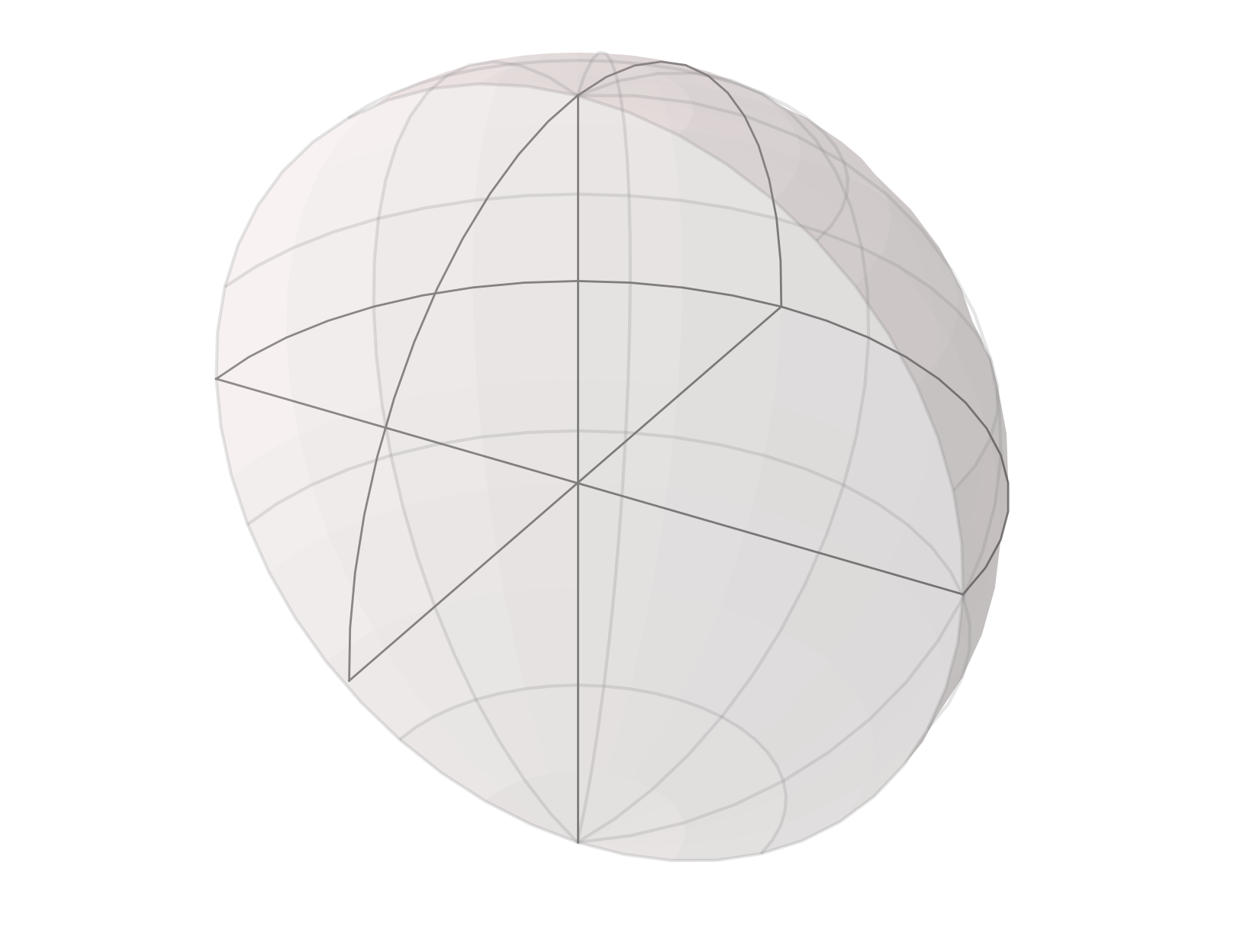
[James Thew/Adobe Stock]
But the promises of quantum computing extend beyond mere increases in data processing horsepower. In an era dominated by generative AI models, which rely heavily on massive volumes of data for predictions, a different perspective emerges. Kristin M. Gilkes, EY Global Innovation Quantum Leader, underscores this shift in perspective. “I don’t believe we’ll need as much data with quantum computing,” she said. Gilkes sees the focus is shifting towards becoming data-centric, prioritizing the right set of data over big data.
Quantum computing and Big Pharma: A new race?
With quantum machine learning, researchers can “augment data analysis and pattern recognition capabilities, even when dealing with limited known molecules,” Gilkes said. Thus, quantum machine learning algorithms could fundamentally transform how researchers analyze biological data, such as genomes and proteomics data, identify potential drug targets, and predict drug interactions. While the possibilities of quantum computing are significant, its practical adoption within drug discovery and other industries remains at a nascent stage.
Still, the computing platform is attracting the attention of both tech and Big Pharma companies. Examples include Alphabet spin-off SandboxAQ and pharmaceutical giants such as Merck KGaA and Novo Nordisk.
Startups are also joining the quantum race. For instance, Aqemia focuses on de novo, structure-based design of lead-like molecules by combining quantum computing with AI. Similarly, Qubit Pharmaceuticals is creating a drug discovery platform leveraging hybrid quantum-classical computers. Using the NVIDIA QODA programming model and its Atlas software suite, Qubit can generate detailed simulations of physical molecules, hitting a calculation speedup factor of 100,000 compared to traditional research methods.
Quantum computing and classical computing

Kristin Gilkes [EY]
That doesn’t mean that quantum computing will replace classical computing. “Quantum computing is not about taking over the world,” Gilkes said. “There are varying approaches and disciplines within quantum, just as there are in AI, including quantum sensing and quantum communication.” While we may not see massive quantum computers on every desk in the coming decades, Gilkes believes that cloud-based services could emerge as a practical pathway to quantum capabilities.
Aiming to democratize quantum computing for drug discovery
Quantum computing could bolster scientists’ comprehension of intricate biological systems, thus expediting the drug discovery trajectory, especially when targeting proteins previously deemed “undruggable.” “The impact of quantum inspired algorithms and methodologies to target these undruggable proteins is going to be significant on a large population of people who are impacted by these diseases,” Gilkes said.
Hypothetically, with quantum computing, the discovery of effective drug compounds could take notably less time compared to conventional methods, reducing years-long research processes to mere months or weeks. The ability to model large, complex biological molecules and chemical reactions with high accuracy is crucial for drug discovery. Quantum computers promise to process such interactions simultaneously. “Quantum computers allow us to navigate these complex interactions more efficiently,” Gilkes said, “providing a detailed view of the protein structure and how a drug might interact with it.”
Boosting drug discovery with quantum machine learning

Qubit superposition on a Bloch sphere: This visualization, created with IBM’s open-source Qiskit quantum computing software in Python, displays a single qubit in a superposition state. It shows a single qubit in a superposition state. A qubit, short for quantum bit, is the basic unit of quantum information. In this diagram, the qubit is in a superposition, which means it’s in a meta position beyond ‘0’ and ‘1’ states. The Bloch sphere is a useful visual tool in quantum computing to display a single qubit.
Coupled with machine learning, quantum computing enables even more powerful analysis. “Quantum machine learning can assist in analyzing complex biological data, such as genomes and proteomics data, to identify potential drug targets and predict drug interactions,” Gilkes explains. This combination allows for fast, accurate analysis of massive datasets that would be impractical with classical techniques alone.
Consider the human genome: it comprises about three billion base pairs. Quantum computers can process such vast amounts of data quickly and accurately, transforming drug discovery. This speed and precision allow researchers to identify promising drug targets faster, predict drug interactions more accurately, and design better treatments.
Should quantum computing facilitate an enhancement of even 20% in accuracy rates for target identification in drug discovery, the ripple effect could be a substantial reduction in the related development expenditures.
However, the path to quantum ubiquity isn’t without its challenges. “I do think that we have a massive shortage of quantum workforce, that’s going to have to be upskilled, at least to the fundamentals of what we’re dealing with,” Gilkes said.
Filed Under: Data science, Drug Discovery, Drug Discovery and Development, Industry 4.0, machine learning and AI



